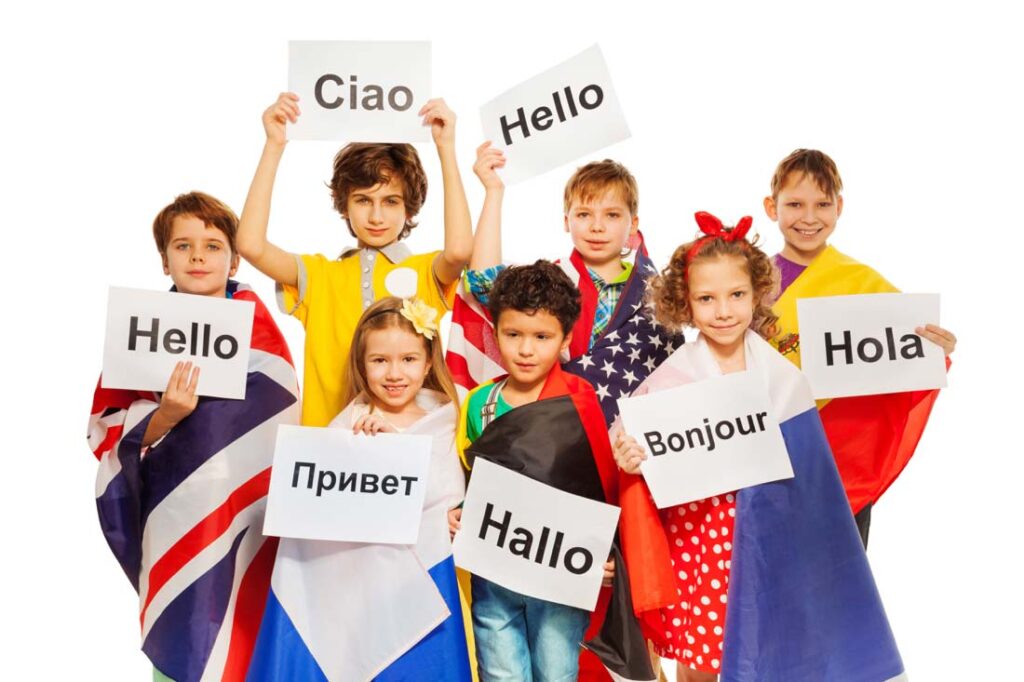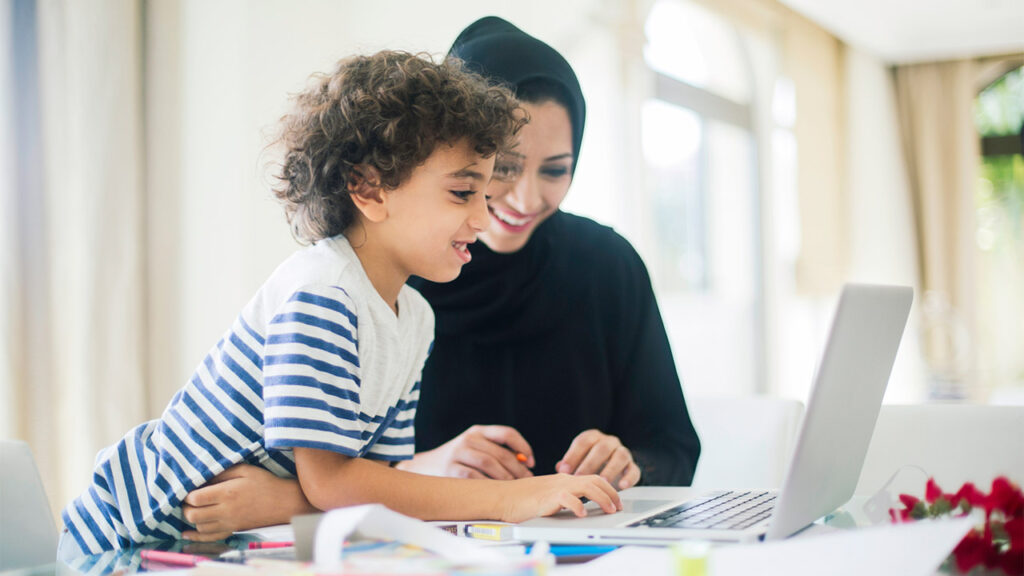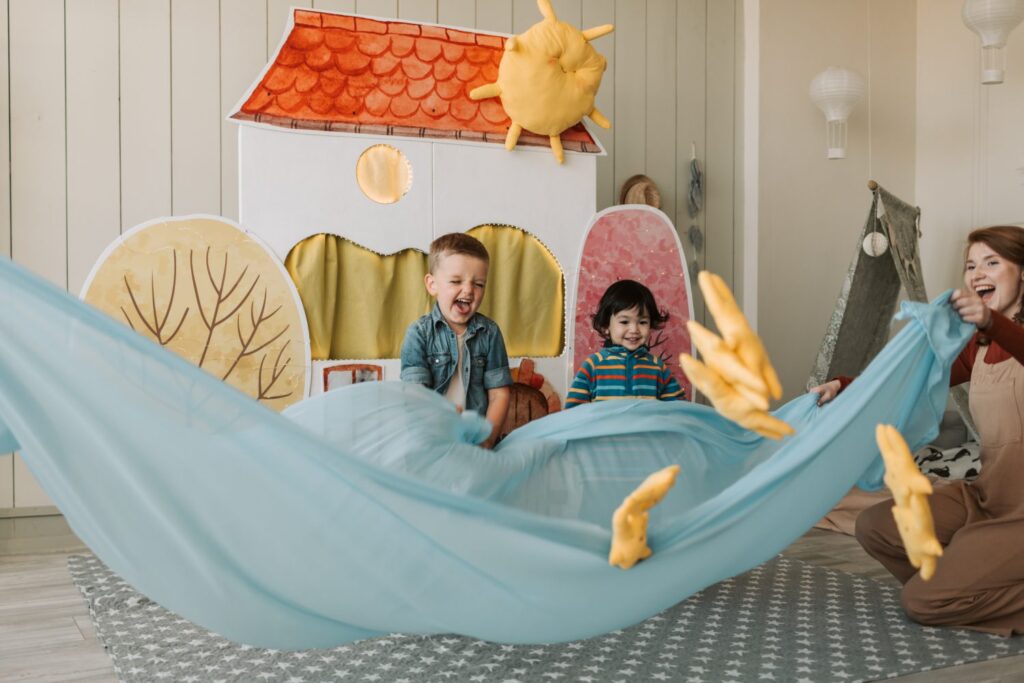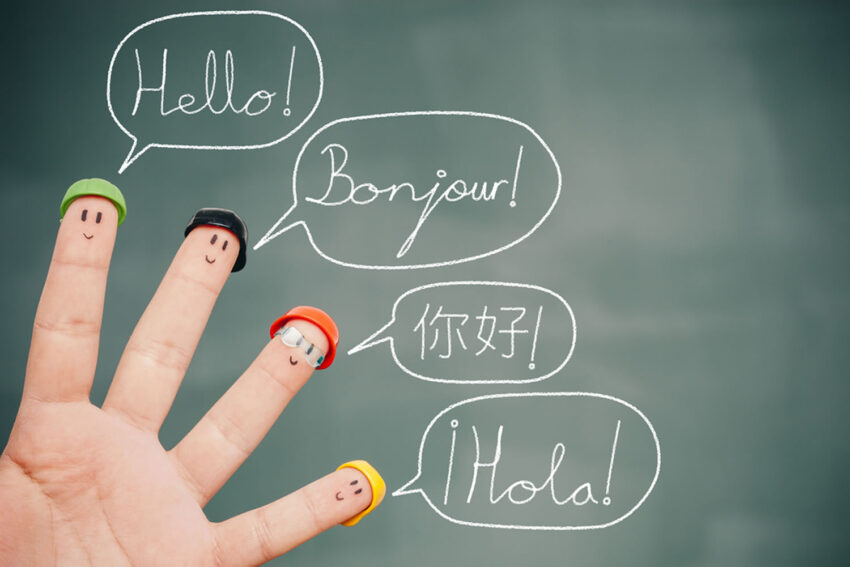A bilingual playgroup is a group of children who are exposed to two or more languages during their playtime. This type of group offers a unique learning opportunity that can help children develop their language skills in a fun and engaging way.
The definition of a bilingual playgroup can vary depending on the context, but it generally refers to any situation where children are exposed to two or more languages while playing together. This could be in an informal setting such as at home or in a daycare center, or it could be part of an organized program at a school. In any case, the goal is for the children to gain exposure to multiple languages and become familiar with them through social interaction and play activities.
There are many benefits associated with participating in bilingual playgroups for both children and parents alike. For starters, exposing young minds to different languages can help broaden their understanding of different cultures and promote acceptance of diversity from an early age. Additionally, having access to multiple languages opens up new opportunities for communication among peers which can provide valuable social-emotional development experiences as well as improve problem-solving skills.
History of Bilingual Playgroups

The history of bilingual playgroups can be traced back to the 1970s in the United States. At that time, there was a growing awareness of the importance of language learning and its impact on childhood development. In response to this need, various organizations began offering bilingual playgroups which were designed to introduce young children to language acquisition and provide them with an environment where they could practice their new skills.
Since then, bilingual playgroups have grown in popularity around the world. Today, these groups are offered at numerous schools and daycare centers throughout many countries as well as through grassroots initiatives and community programs. They are typically organized by parents or teachers who understand the value of exposing young children to multiple languages from an early age.
During a typical session, children engage in activities such as songs, stories, games, art projects, and other activities that help them learn both languages while also having fun. This type of playgroup usually consists of two teachers – one speaking English while another speaks a different language – who interact with each other throughout the session so that all participants can understand what is being said without any confusion or difficulty understanding either teacher’s words.
Types of Bilingual Playgroups

Bilingual playgroups are a great way for children of different backgrounds to learn and socialize. They provide an environment that encourages language development and cultural understanding. There are many types of bilingual playgroups available, from immersion groups to parent-led activities. Here is a look at the different types of bilingual playgroups so you can decide which one is best for your family.
- Immersion Groups: These groups offer all-day immersion experiences in two or more languages. Children become immersed in the culture and language, while also learning new skills through structured activities such as music, art, storytelling, and games. Parents may be asked to take part in some activities as well, or may simply observe their children’s progress throughout the day.
- Parent-Led Groups: These playgroups are organized by parents who want their children to learn multiple languages at home but don’t have enough time or resources to organize an all-day experience on their own. The group usually meets once a week for an hour or two and kids engage in language learning activities such as singing songs in both languages, playing with toys labeled with words from both languages, and talking about cultural heritage stories in both languages.
Advantages of Children Attending a Bilingual Playgroup

Children attending a bilingual playgroup benefit from an array of advantages that will help them develop into successful and well-rounded adults. These advantages include improved language acquisition, increased cultural awareness, and exposure, as well as enhanced social skills and interactions.
Children attending a bilingual playgroup have the opportunity to learn two languages simultaneously. This allows them to become proficient in both languages, which provides them with a unique advantage in our increasingly globalized world. They can use this knowledge to better understand different cultures and societies as well as open up new job opportunities for themselves later on in life. Furthermore, learning two languages instead of one has been proven to improve overall cognitive development due to its stimulating effects on the brain’s executive functions such as problem-solving and decision-making abilities.
Children attending a bilingual playgroup are exposed to multiple cultures at once which allows them to develop an appreciation for diversity at an early age. This can help foster feelings of acceptance towards people who may be different than themselves while also allowing them to better understand how the world works around them. Not only does this give the children access to varied perspectives but it also helps build empathy for those who come from different backgrounds than their own which is essential for creating harmonious relationships between people.
Challenges Faced by Parents Choosing a Bilingual Playgroup for Their Child

As parents, we want the best for our children. But making decisions on which educational activities to enroll them in can be difficult. A popular choice for many families is bilingual playgroups, where children learn in two languages (such as English and Spanish). While bilingual playgroups can offer a great opportunity for children to develop their language skills and gain cultural understanding, there are some challenges that parents face when choosing this option.
One of the biggest challenges that parents face is finding a quality bilingual playgroup. Not all programs are created equal, so it’s important to do your research and find one that offers a good balance of language instruction and fun activities. Additionally, you’ll want to make sure they have qualified teachers who understand both languages being taught—this will ensure your child gets the best learning experience possible.
Another challenge is cost. Bilingual playgroups tend to be more expensive than other types of educational activities due to their specialized focus on two languages. However, if you look hard enough you can usually find affordable options—just make sure they meet your standards for quality instruction and safety as well as affordability!
Conclusion
Overall, a bilingual playgroup is a great way to help children learn two languages at once while also building relationships with other children and families. It provides an interactive environment to help expose children to different language sounds, words, and sentence structures. The benefits of having a bilingual playgroup can be seen in the short and long term for both the individual child as well as society as a whole.

